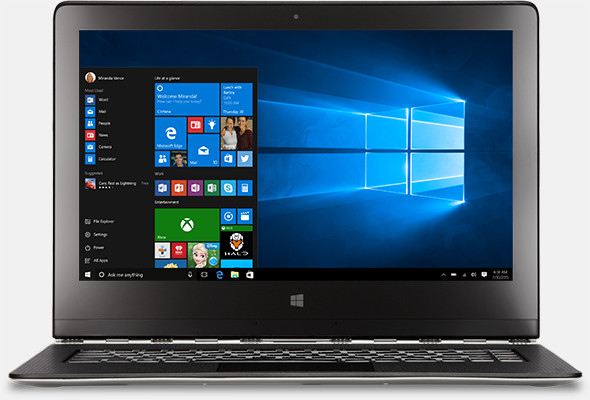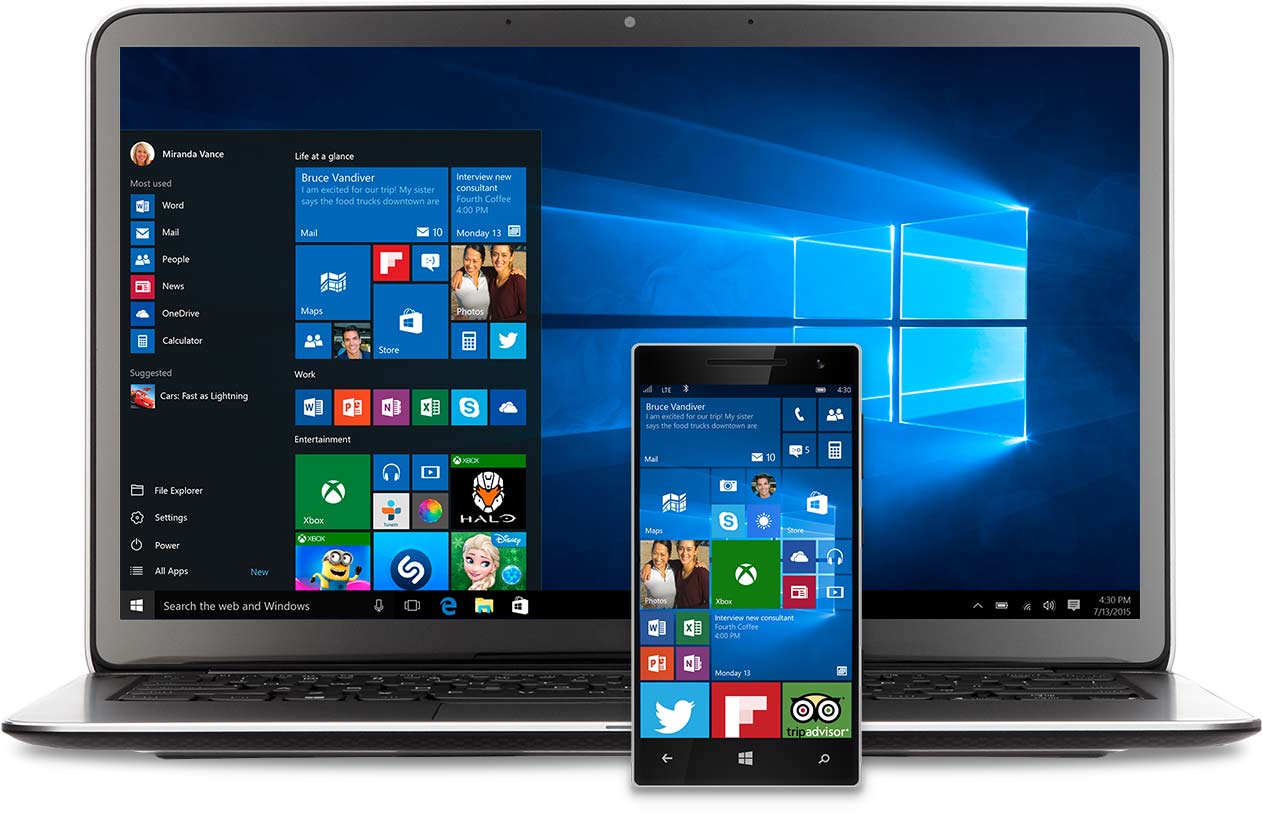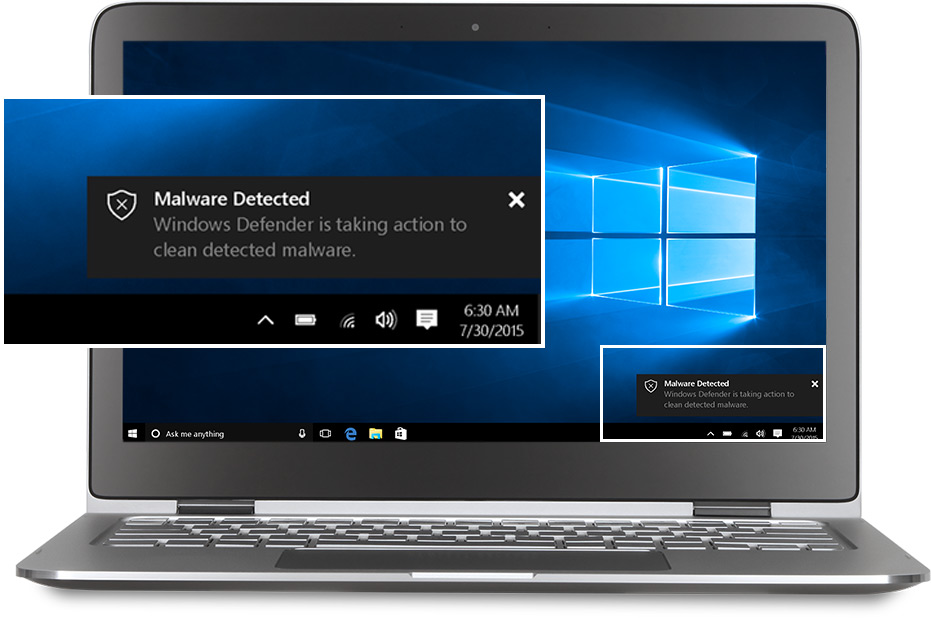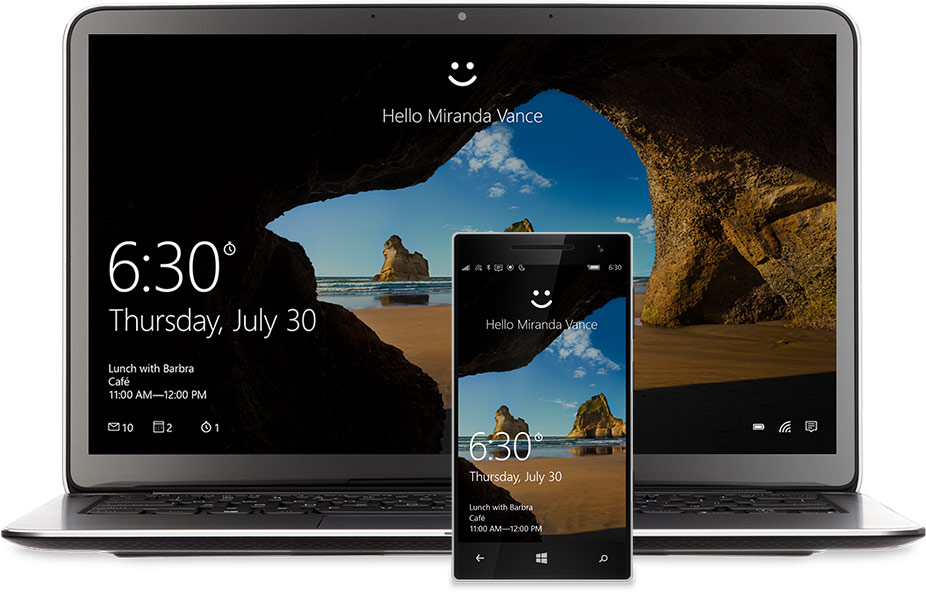
Sad news to Windows 7 and 8.1 users as there is no more updates of your processors

It’s the end of an era for the support Windows 7 or 8 OS. Microsoft has announced changes to support policy stating the way forward of previous OS’s. This simply means that future PC will run purely with Windows 10.
Microsoft and its partners will not be working to make new hardwares for the older versions of Windows. The old operating systems will not have updates. With no updates no functioning properly.”Going forward, as new silicon generations are introduced, they will require the latest Windows platform at that time for support Windows 10 will be the only supported Windows platform on Intel’s upcoming ‘Kaby Lake’ silicon, Qualcomm’s upcoming ‘8996’ silicon, and AMD’s upcoming ‘Bristol Ridge’ silicon.”-Microsoft
This new policy doesn’t mean that Windows 7 and 8.1 are no longer supported in general. The two operating systems will continue to get updates through January 14, 2020 and January 10, 2023, respectively. But that’s only if you’re using hardware that was contemporaneous with those operating systems.

Microsoft says it will be maintaining a list of approved Skylake systems that are guaranteed to have Windows 7 and 8.1 support through July 17, 2017. That gives companies an 18 month grace period to buy modern hardware for employees before committing and implementing upgrades to Windows 10.After the grace period, only “the most critical Windows 7 and Windows 8.1 security updates will be addressed for these configurations, and will be released if the update does not risk the reliability or compatibility of the Windows 7/8.1 platform on other devices.” Companies and consumers, of course, can still buy older PC hardware that doesn’t utilize Intel’s Skylake platform or other modern CPUs — the last generation of supported Intel processors are known as Broadwell, and those chips are still widely available.The policy change not only makes Microsoft’s hardware partners happy — they no longer are on the hook to develop as many costly software updates for past versions of Windows — but it also helps Microsoft push adoption of Windows 10. The company sees the operating system as the “last” version of Windows; it’s now a service, not a product, and this change better reflects that. There’s only one current version of Windows, and while Microsoft will fullfill its legacy hardware obligations, it won’t be expending resources to help users steer clear of its latest and greatest.





